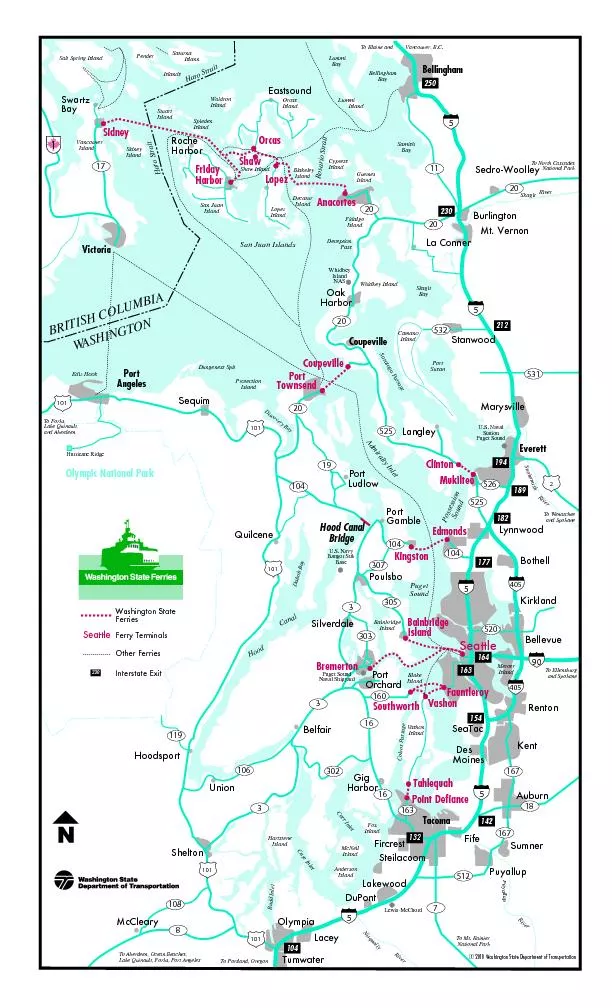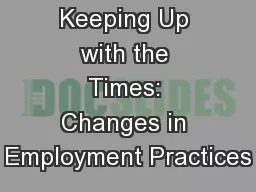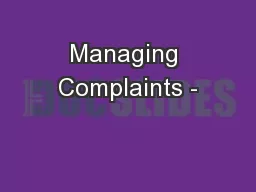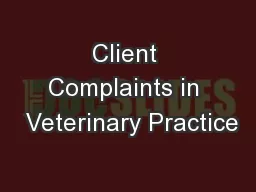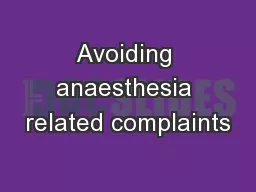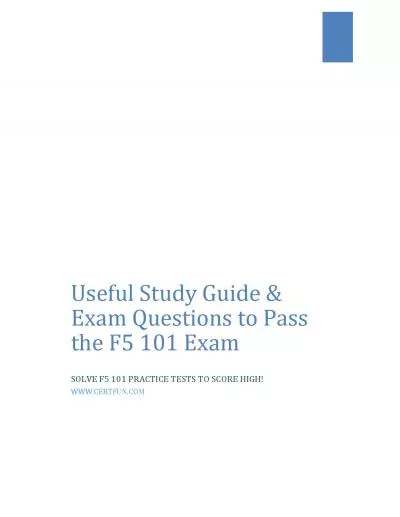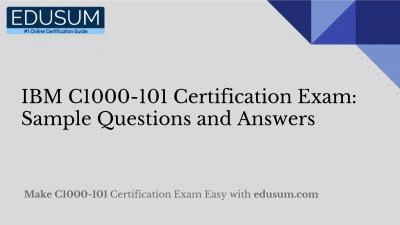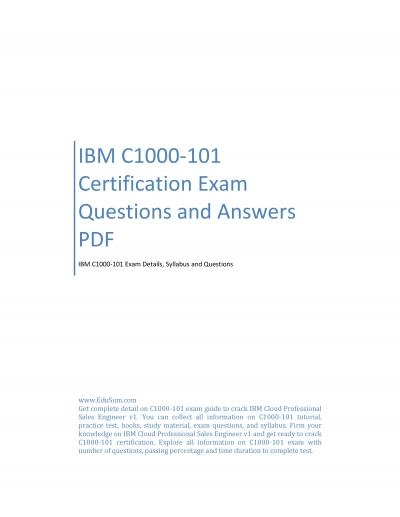PPT-HR 101- EMPLOYEE COMPLAINTS
Author : tatyana-admore | Published Date : 2019-12-13
HR 101 EMPLOYEE COMPLAINTS Presented By CAROL S PETITT 7500 West Highway 146 Pewee Valley Kentucky 40056 5022439797 Oh NO Now What From 2018 these are the Top 10
Presentation Embed Code
Download Presentation
Download Presentation The PPT/PDF document "HR 101- EMPLOYEE COMPLAINTS" is the property of its rightful owner. Permission is granted to download and print the materials on this website for personal, non-commercial use only, and to display it on your personal computer provided you do not modify the materials and that you retain all copyright notices contained in the materials. By downloading content from our website, you accept the terms of this agreement.
HR 101- EMPLOYEE COMPLAINTS: Transcript
Download Rules Of Document
"HR 101- EMPLOYEE COMPLAINTS"The content belongs to its owner. You may download and print it for personal use, without modification, and keep all copyright notices. By downloading, you agree to these terms.
Related Documents


